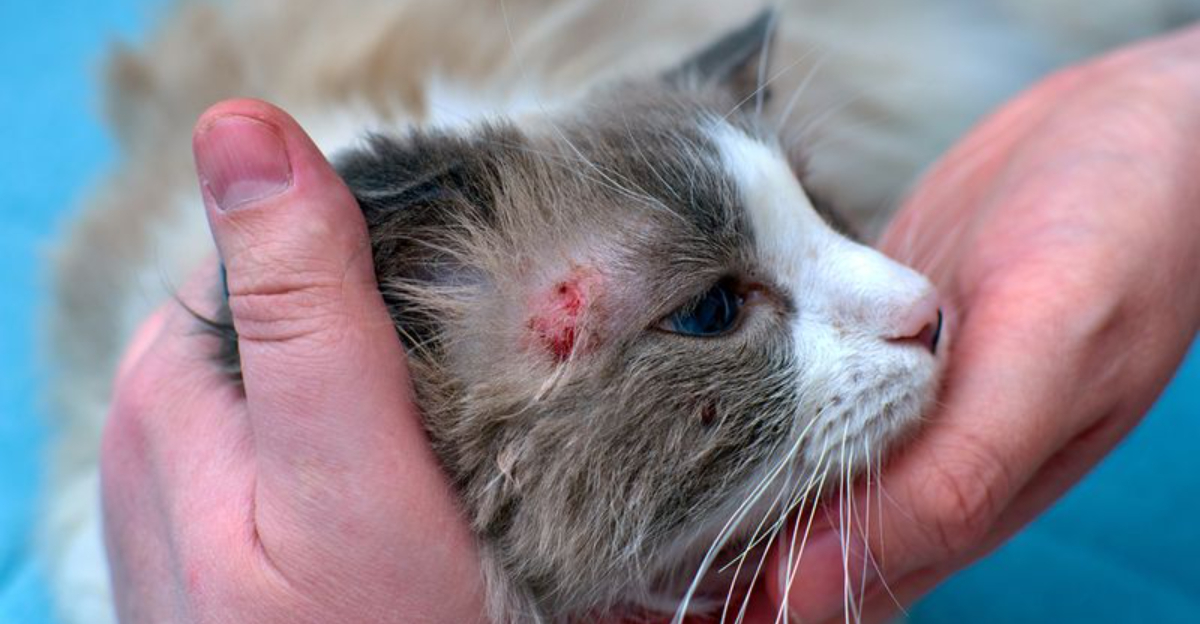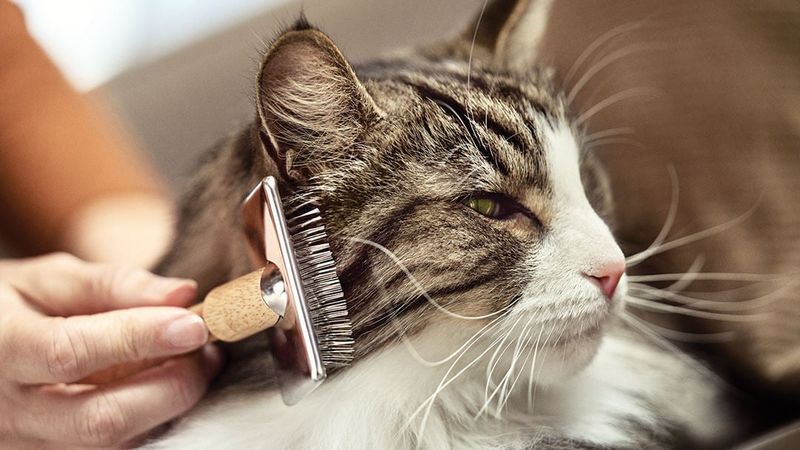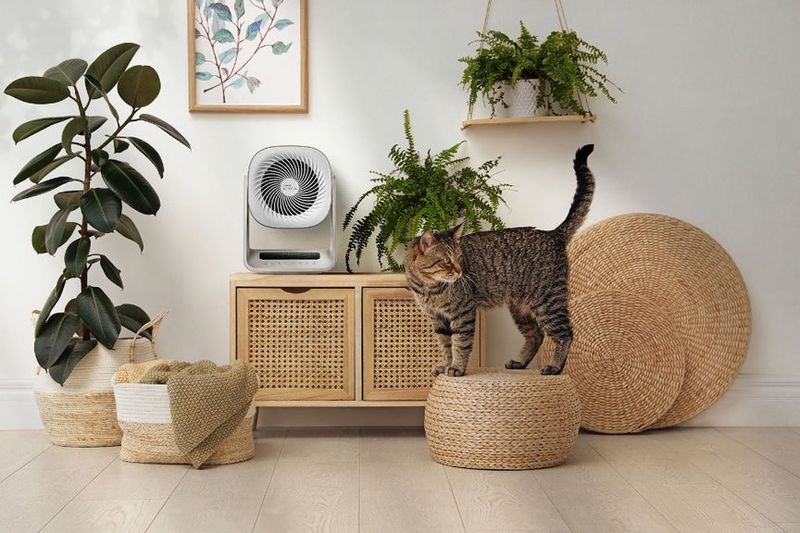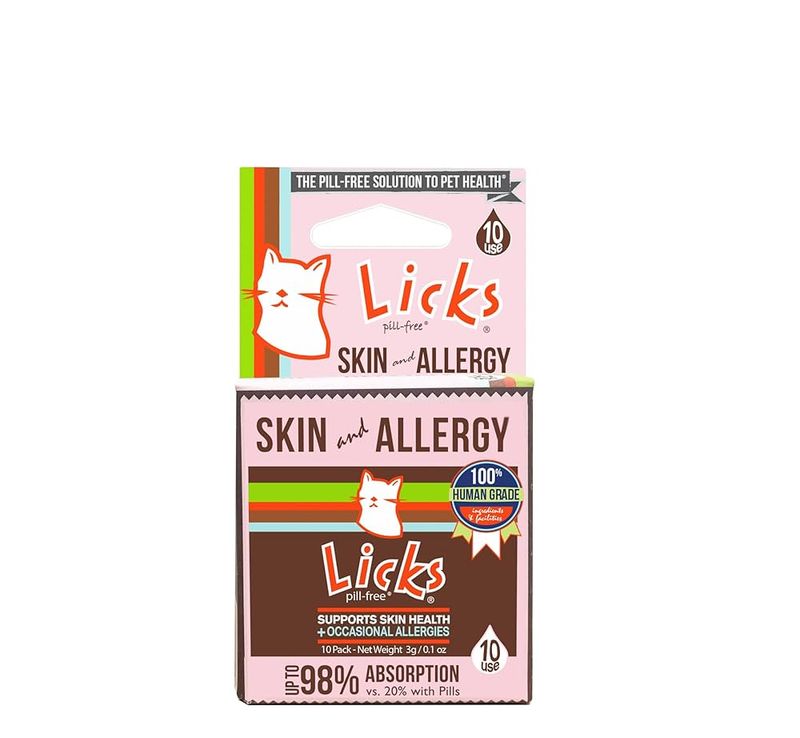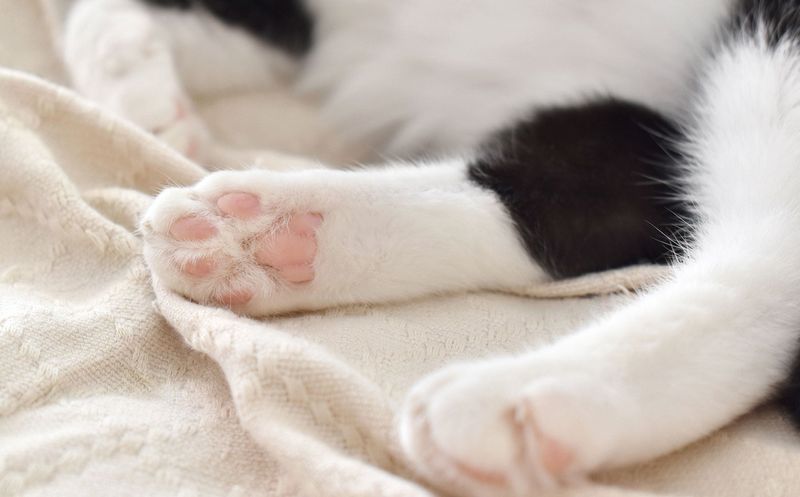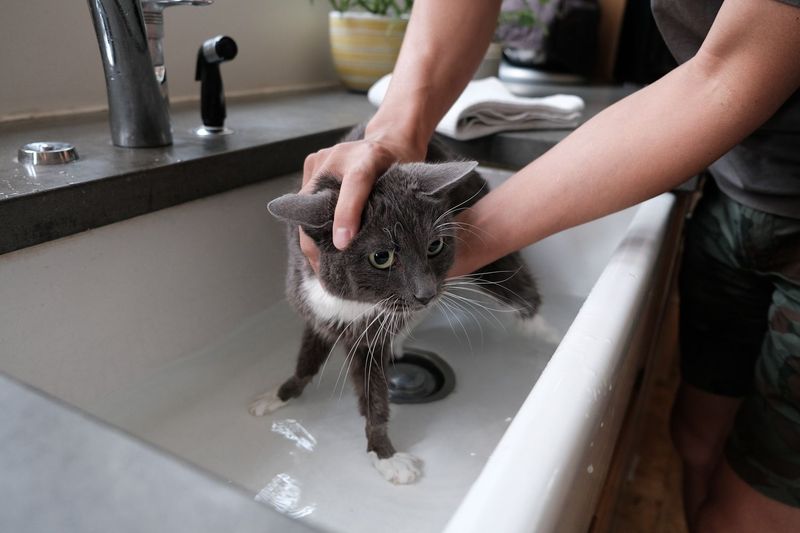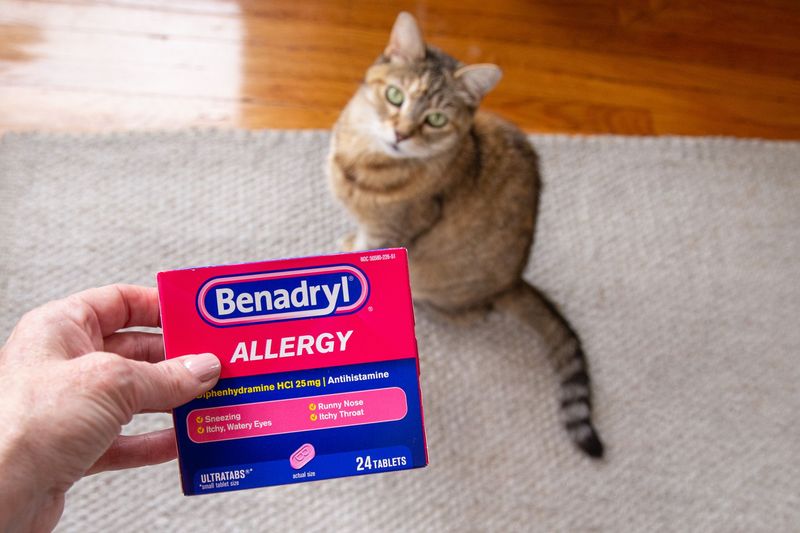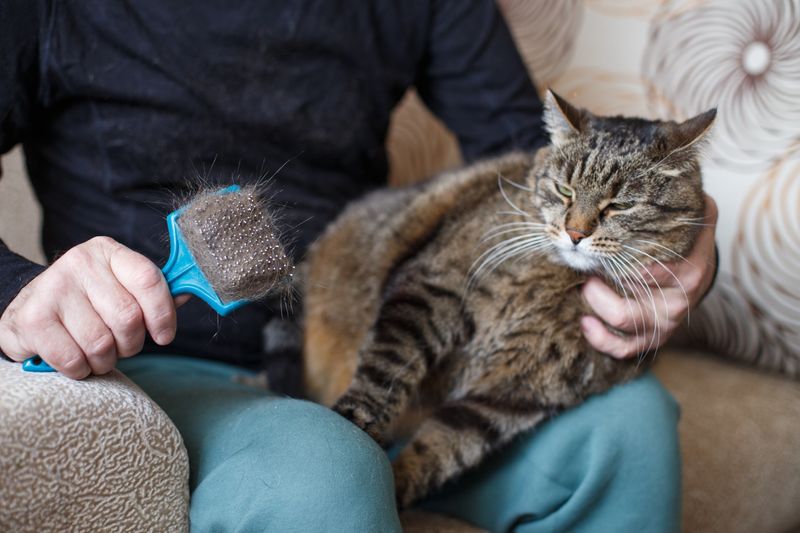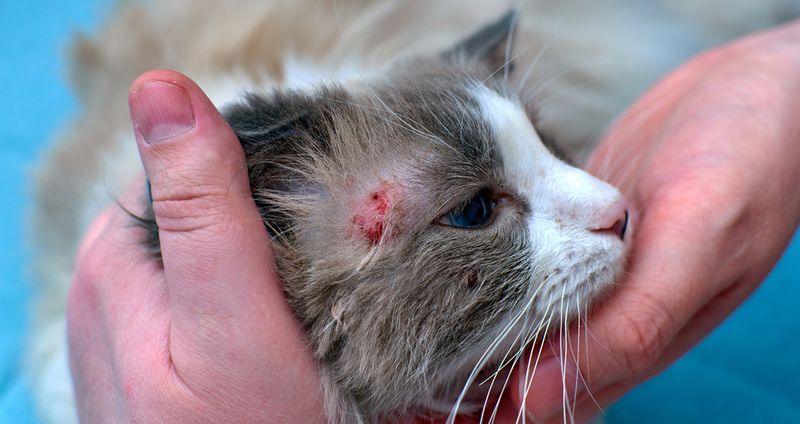📖 Table of Content:
Rainy season often brings more than just wet paws and cloudy skies—it can also lead to an uptick in feline discomfort. Cats may start scratching more frequently, sneezing, or showing signs of irritated skin. These changes can be subtle at first but may signal the onset of seasonal allergies.
Increased humidity, rising mold levels, and shifts in airborne pollen are common during rainy months. For sensitive cats, these environmental changes can trigger a range of allergic reactions. Symptoms might include watery eyes, skin inflammation, or even respiratory issues.
Veterinarians recognize these seasonal patterns and have developed targeted strategies to manage them. With a combination of environmental adjustments and proper care, allergy symptoms can be significantly reduced. Small interventions can make a big difference in keeping cats comfortable through the damp and dreary days.
1. Regular Grooming Sessions
Brushing your cat daily removes allergens that cling to fur after outdoor adventures or open-window breezes. Many cats who hate baths will tolerate a gentle wipe-down with pet-friendly, hypoallergenic wipes.
Focus on paws especially, as cats track in allergens and then groom themselves, ingesting whatever they’ve stepped in. A fine-tooth comb helps remove dander that can worsen symptoms.
Veterinarians recommend establishing a consistent grooming routine before allergy season begins. This creates a positive association and makes maintenance easier when allergies actually flare up.
2. Air Purification Systems
HEPA filters trap microscopic allergens floating in your home’s air – the very particles causing your cat’s sneezing fits. Running these purifiers in rooms where your cat spends most time can dramatically reduce symptoms within days.
Choose models specifically designed to capture pet dander, pollen, and mold spores. The investment pays off in fewer vet visits and medication needs.
Clean or replace filters regularly according to manufacturer instructions. A good rule of thumb: change them more frequently during peak allergy seasons to maintain maximum effectiveness for your feline friend.
3. Omega-3 Fatty Acid Supplements
Fish oil supplements containing EPA and DHA strengthen your cat’s skin barrier, reducing irritation from environmental triggers. Veterinarians often recommend these supplements because they address allergies from the inside out.
The anti-inflammatory properties help calm overactive immune responses that cause itching and discomfort. Most cats readily accept fish oil mixed into wet food due to its appealing scent.
Start with a lower dose and gradually increase to the vet-recommended amount based on your cat’s weight. Improvement typically appears after 4-6 weeks of consistent supplementation, so patience is key when using this natural approach.
4. Limited-Ingredient Diets
Food allergies often worsen during stressful times like seasonal changes. Switching to limited-ingredient cat food eliminates potential trigger ingredients that might compound environmental allergies.
Novel protein sources such as duck, venison or rabbit provide nutrition without the common allergens found in chicken or beef formulas. Reading labels becomes crucial – look for foods without artificial colors, preservatives, or fillers that can trigger reactions.
Veterinary nutritionists recommend a gradual transition over 7-10 days to prevent digestive upset. Keep a food diary noting any improvements or reactions to help identify the optimal diet for your sensitive feline.
5. Paw Soaking Routine
Muddy paw pads collect allergens that cats later ingest during grooming. Creating a simple paw-soaking station using warm water and a shallow dish helps remove these irritants before they cause problems.
Cats tolerate paw soaking better than full baths. Adding a tiny amount of chlorhexidine solution (as recommended by your vet) can help kill mold spores and bacteria that contribute to allergic reactions.
Training your cat to accept this routine works best with positive reinforcement – treats and praise make the experience more pleasant. Even a quick 30-second soak after outdoor time significantly reduces allergen exposure.
6. Home Environment Modifications
Washing your cat’s bedding weekly in hot water eliminates dust mites and pollen that trigger allergic reactions. Microfiber or hypoallergenic materials trap fewer allergens than traditional fabrics.
Vacuuming with HEPA-filtered machines removes microscopic triggers from carpets and furniture. Pay special attention to your cat’s favorite lounging spots, which accumulate the most dander and hair.
Keeping windows closed during high pollen days prevents outdoor allergens from entering. Creating a designated “clean room” where filters run constantly gives your allergic cat a safe retreat when symptoms flare up during the worst of rainy season.
7. Veterinary Antihistamines
Cat-safe antihistamines block the histamine response, causing those miserable allergy symptoms. Never give human medications without veterinary guidance – the dosages and formulations differ significantly for felines.
Your vet might recommend specific products like Chlorpheniramine or Cetirizine in carefully calculated amounts based on your cat’s weight and health status. These medications work best when started before allergy season peaks.
Side effects remain minimal for most cats, though some experience drowsiness initially. Maintaining a consistent schedule improves effectiveness – many owners find setting phone reminders helpful for timing doses properly throughout allergy season.
8. Stress Reduction Techniques
Stress weakens your cat’s immune system, making allergic reactions more severe. Maintaining predictable daily routines helps cats feel secure even when they’re physically uncomfortable from allergies.
Pheromone diffusers like Feliway emit calming signals that reduce anxiety naturally. These products prove especially helpful during rainy seasons when cats spend more time indoors and may feel confined.
Creating vertical spaces gives allergic cats options to escape irritants that settle on floors. Window perches, cat trees, and shelving systems allow your pet to find comfortable spots where air circulation might be better and allergen concentration lower.
9. Immunotherapy Options
Allergy testing identifies exactly what triggers your cat’s reactions, allowing for targeted treatment. Veterinary dermatologists use blood or skin tests to pinpoint specific environmental allergens affecting your feline.
Based on results, custom immunotherapy shots or oral drops gradually desensitize your cat’s immune system. This approach addresses the root cause rather than just masking symptoms.
While requiring commitment (treatments typically span months or years), immunotherapy offers the closest thing to a permanent solution. Many cats achieve significant long-term relief, with some eventually needing no additional allergy medications during rainy seasons.
